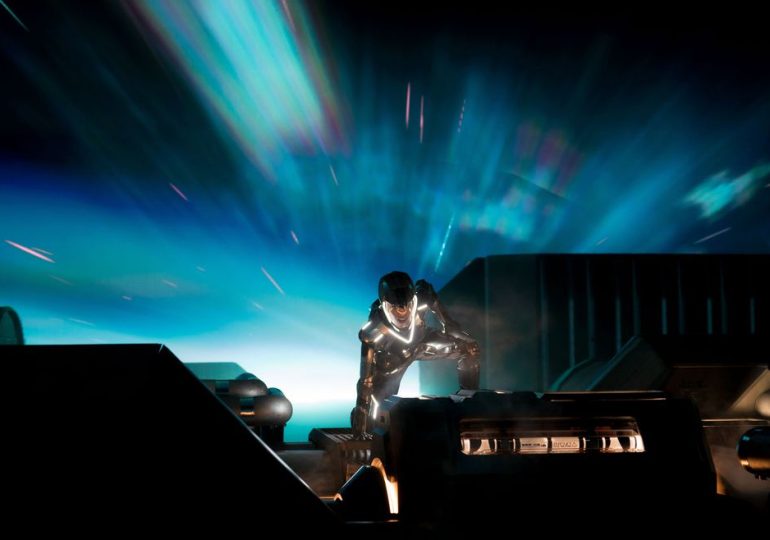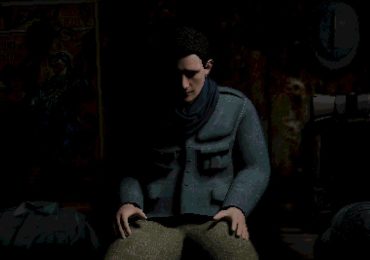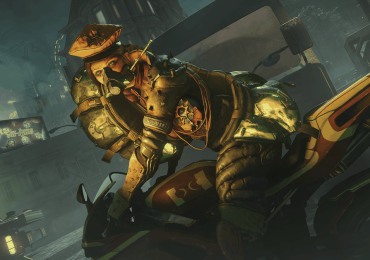It’s a truth universally acknowledged that even among the greatest television shows in Star Trek history, most of them take two seasons to stop being kind of bad. Never has that been more true or more excruciating than in the case of Star Trek: Discovery.
Often it felt like what Discovery was really doing in its early seasons was discovering what didn’t work. Strong performances from a great cast? That works. A Klingon design that absolutely nobody liked? Definitely not. But despite the stumbles, Discovery season 1 had still averaged C’s and B’s with reviewers, and had built an audience and a subscriber base for Paramount Plus. On the strength of Disco’s first season, Paramount greenlit Star Treks Picard, Lower Decks, and Prodigy, three new shows covering a huge range of ages and nostalgic tastes. And spinning out of Disco’s second season, which introduced familiar, nostalgic characters and a brighter, more Star Trek-y tone, Paramount produced Star Trek: Strange New Worlds, inarguably the best new addition to the franchise since 1996.
Star Trek: Discovery crawled so that the rest of modern Trek could run… and then it started to walk. The show’s third season saw the USS Discovery and crew in the place that should have been their starting blocks: the bleeding future edge of Star Trek’s timeline. Thanks to season 3’s groundwork, season 4 became the first time that Discovery had a status quo worth returning to. In its fifth and final season, Star Trek: Discovery is finally free — free in a way that a Star Trek TV series hasn’t been in 23 years.
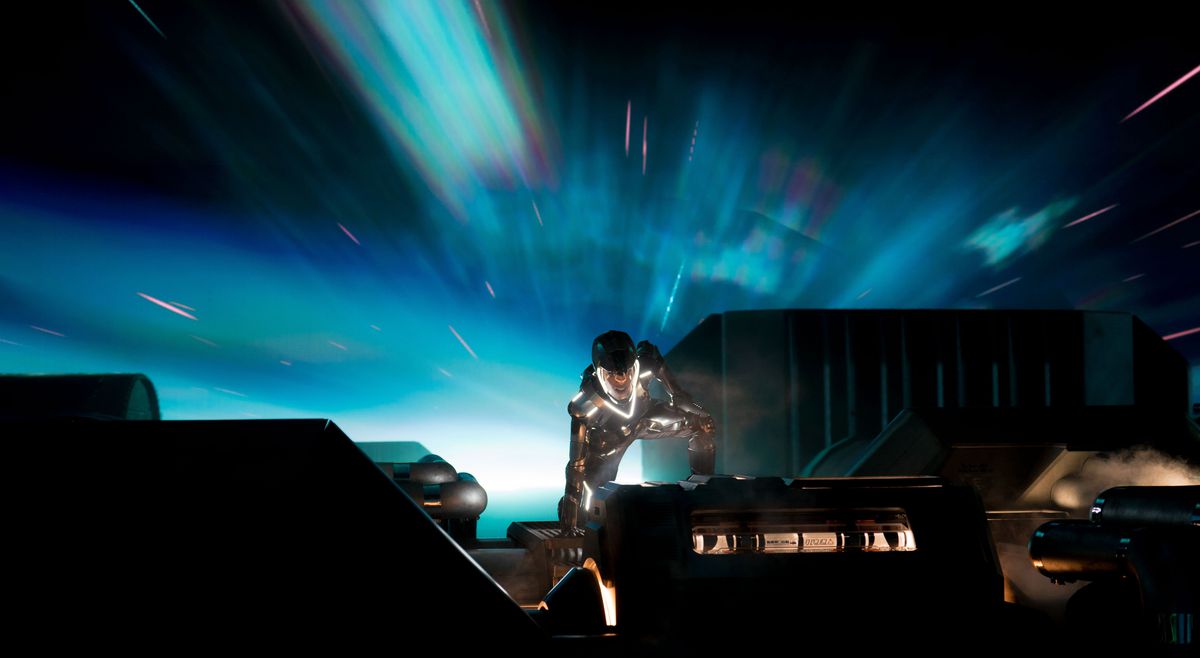
Star Trek: The Next Generation is such an elder statesman of the television elite that it’s easy to forget that it was daring. The show’s triumph wasn’t just that it featured a new cast of characters, but also its audaciousness in imagining the future of the future — and making that future unmistakably different. The Original Series showed a racial and national cooperation that seemed fantastical in its time, with an alien crewmember to denote the next frontier of embracing the other. Next Generation saw that bet and raised it, installing a member of the Klingon species, the Federation’s once-feared imperialist rival state, as a respected officer on the bridge of Starfleet’s flagship.
Next Generation’s time period — one century after Kirk’s Enterprise — wasn’t a nominal choice, but a commitment to moving the story of Star Trek forward. From the show’s foundations, Gene Roddenberry and his collaborators, new and old, set a precedent that the Federation would evolve. Therefore, in accordance with the utopian themes of the franchise, old enemies would in time become friends. Next Generation embraced The Original Series’ nemeses and the rest of ’90s Trek saw that bet and raised it again, pulling many of Next Gen’s villains into the heroic fold. Voyager welcomed a Borg crewmember and disincorporated the Borg empire; Deep Space Nine gave the franchise the first Ferengi Starfleet cadet, and brokered a Federation-Klingon-Romulan alliance in the face of an existential threat.
But Discovery — at least until it made its Olympic long-jump leap 900 years into the future — couldn’t move Star Trek forward. So long as it was set “immediately before Kirk’s Enterprise,” hemmed in by the constraints of a previously established era of Star Trek history, it could graft on new elements (like Spock’s secret human foster sister) but it couldn’t create from whole cloth (like a galaxy-wide shortage of starship fuel that nearly destroyed the Federation). Like its predecessor, the ill-fated Star Trek: Enterprise of the ’00s, it was doomed to hang like a remora on the side of the events of The Original Series, or, if you’ll pardon another fish metaphor, doomed like a goldfish that can only grow as large as its half-gallon fishbowl will allow.
Discovery’s later, free seasons in the 32nd century have shown the Federation at its most vulnerable, a subtler echo of Picard’s own season 1 swing at fallen institutions. (Fans of Voyager and Deep Space Nine know that this is an extremely rich vein of Trek storytelling.) In its third season, Discovery solved a galaxy-wide fuel crisis that had shattered the community of the Federation. In its fourth it fought for a fragile new Federation alliance and its millennia-old ideals.
And those seasons have also boldly committed to the idea of imagining the future’s future — 900 years of it. The centuries-old rift between Vulcans and Romulans is long healed, Ferengi serve as captains in Starfleet, the work of Doctor Noonien Soong has brought new medical technologies to the fore.
Even still, Discovery hasn’t been truly free in its third and fourth seasons. Star Trek: Picard was out there, forming new past elements of a post-Next Gen/Voy/DS9 era that Discovery had to abide by. And, after all, the show still had to make sure there was something for its own next season to come back to.
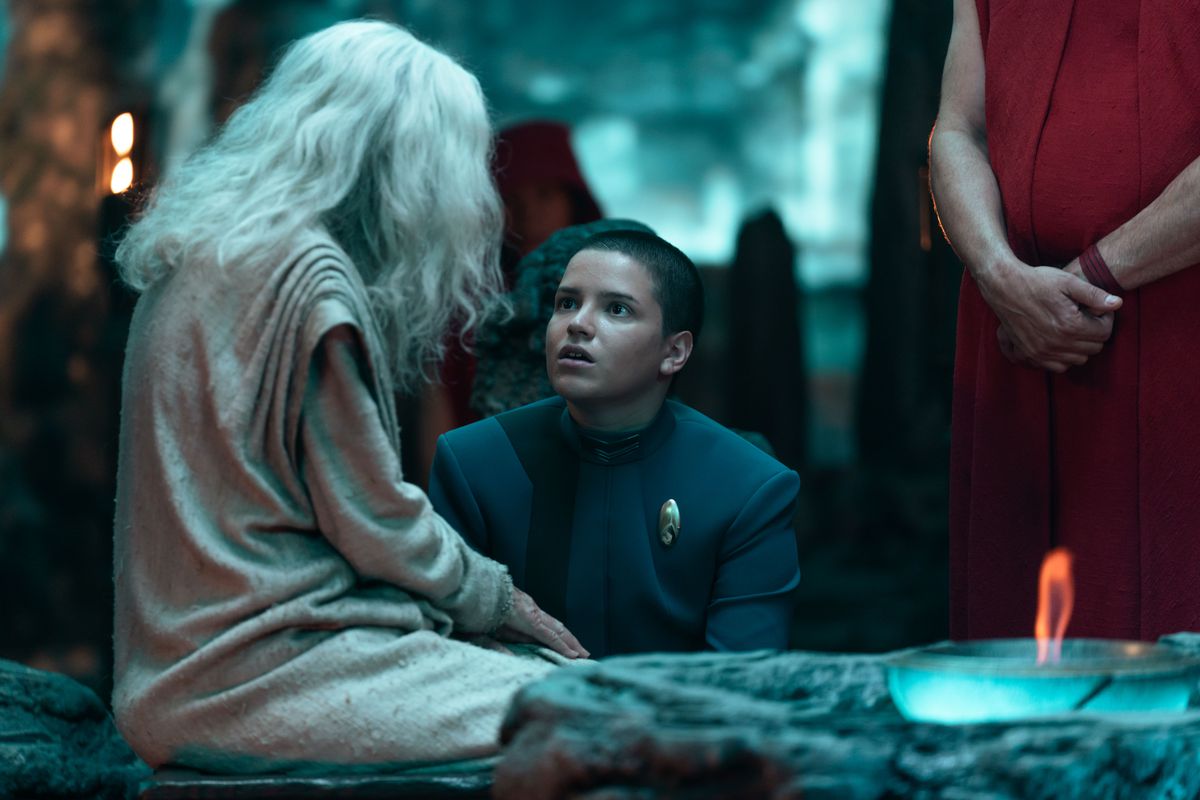
But now — with Prodigy and Picard finished, and Strange New Worlds and Lower Decks locked into their settings of Star Trek’s established past, and Starfleet Academy and Section 31 not yet in production at the time that its final season would have been written — Discovery has reached the final final frontier for a Star Trek show. If you’re a Star Trek fan, that should excite you.
Not since Deep Space Nine in 1999 and Voyager in 2001 has a Star Trek series had the freedom to wrap up its run with the Federation in any state it wants to. With franchise flagship Next Generation at an end, and Voyager restricted to the Delta Quadrant only, Deep Space Nine used its last seasons to throw the Federation into all-out war, making sweeping changes to the established ficto-political norms of ’90s Trek. Voyager used its finale to do what Captain Picard never could: defang the Borg (mostly).
We don’t know exactly what Discovery will do with that freedom. Season 4 directors have talked about reaching “into the past to get further into the future,” and likened it to Indiana Jones. Official news releases have said the crew will “uncover a mystery that sends them on an epic adventure across the galaxy to find an ancient power whose very existence has been deliberately hidden for centuries.” But speculating on what that means would be beside the point.
Discovery, the show about an intergalactically teleporting starship, can finally, actually, go anywhere. It’s been almost a quarter of a century since a beloved Star Trek series was so free to boldly go. Let’s hope they’re very bold indeed.
Star Trek: Discovery season 5 premieres with two episodes on April 4 on Paramount Plus.
